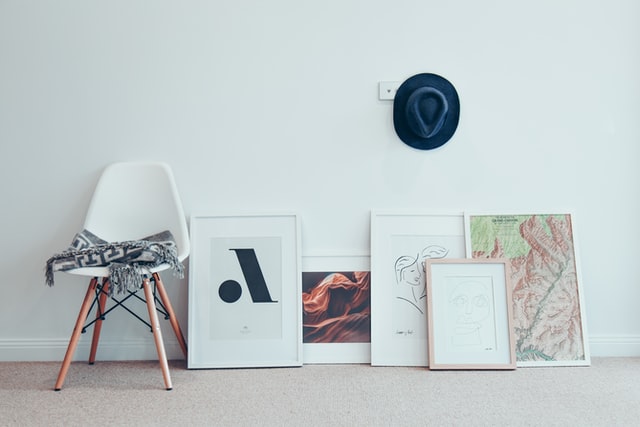5 Things Making Art Transportation Much Safer

What do you think the most common cause of damaged art is? Careless visitors and disobedient kids? Close but not quite. Contrary to popular belief, artworks usually get damaged during handling and transit, be it shipping or installation. Either because of art movers’ fault or coincidence, art pieces are most vulnerable when they are being moved. But how can a person prevent a nasty surprise? Continue reading, and you will find out what makes art transportation much safer.
5 things making art transportation much safer
1. High-quality packing supplies
Packing tape, bubble wrap, shipping boxes, and other necessary materials should be of superior quality. Only the first-class package can guarantee the safety of the freight even in unfavorable conditions.
2. Packing strategies
Each piece of art is unique when it comes to the packing process. You need to be overly careful and know the difference between framed and unframed artworks, small and large sculptures, to say nothing of peculiarities of musical instruments.
3. Custom crates
If standard packing options are not enough, you should go for custom wooden crates. Made by professional carpenters, they can protect even the most fragile and delicate items during art transportation. That is why they are so valued by art collectors and artists.
4. Reputable art shipping company
Picking the right art shipping company is extremely important. At the end of the day, you are going to entrust those people with your valuable art. The number one choosing factor is the reputation of the art shippers, so choose wisely.
5. Art insurance
Fine art insurance is a transparent shield protecting you from minor and major mishaps. When you turn to a professional insurance company, you make sure that you will get your money back. You will need them for artwork restoration anyway.
Any of these art transportation approaches will help you ensure the protection of your artworks during transit. When it comes to fine art, the stakes are always high, so be sure you do homework thoroughly.
